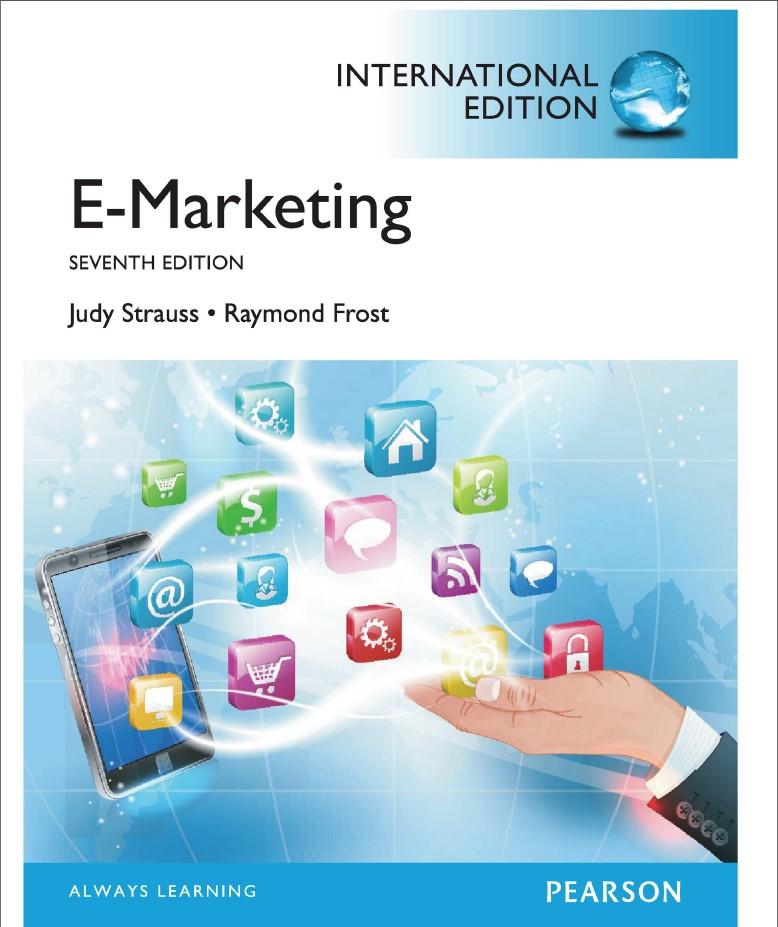Question
Question one. To get people excited about economics it's good to try and think how economics can be applied in everyday life. Some of this
Question one.
To get people excited about economics it's good to try and think how economics can be applied in
everyday life. Some of this is just common sense, but economics can help put a theory behind our
everyday actions.
Description:
In this "Reflection" you are to CHOOSE 'ONE' Application from the list of 9 options attached. You
are to provide additional examples, or situations, and REFLECT back to the economic theories
studied in class. Read your choices, then choose only 1 application, and address the following
questions/discussion points:
1. What, in the ONE APPLICATION chosen, provides evidence of a connection to the microeconomic
models or theories you have studied in this course? Do you agree or disagree AND why? Be specific.
2. Provide ANOTHER (different) example, based on the Application your chose, to show your
understanding and connection to the model or theory you have learned in this class.
3. Provide 'in your own (Reflection) an opinion about how you are able "apply Economics in
Everyday Life" based on this application or assignment.
**Include your references, or sources, in your submission. Or a hyperlink embedded in your
submission, if you are using information or research that is not your own per APA requirements.
Your reflection should be between 250 and 350 or one page double , 11 or 12 pt font.
Note; if you are able to demonstrate the concepts and applications discussed (using specific models,
graphs, or images), it would greatly enhance your assignment.
Topic i chose for this assignment is Opportunity cost
Opportunity Cost
The first lesson of economics is the issue of scarcity and limited resources. If we use our limited budget for buying
one type of good (food), there is an opportunity cost - we cannot spend that money on other goods such as
entertainment. Opportunity cost is an intrinsic aspect of most economic choices. We may like the idea of lower
income tax, but there will be an opportunity cost - in this case, less government revenue to spend on health care
and education.
Two.
You attempt to hire Fred to work on a project that will yield $700 in revenue if it succeeds and $100 if it fails. If Fred exerts great effort, his opportunity cost of working is $210. If Fred works little effort, his opportunity cost of working is $150. If Fred exerts great effort, the project will succeed with probability 0.6. If Fred exerts little effort, the project will succeed with probability 0.3. You must design a contract for Fred such that Fred gets paid "x" if the project succeeds and "y" if the project fails, so that Fred takes the contract and gives great effort.
(a) Calculate Fred's expected value of giving great effort in terms of "x" and "y." Make sure to include the cost of Fred's effort in your answer.
(b) Now, calculate Fred's expected value of giving little effort in terms of "x" and "y." Again, make sure to include the cost of Fred's effort in your answer.
(c) If Fred takes the contract, it must induce Fred to give great effort instead of little effort. Given this information, what is the minimum value of "x ? y"?
(d) You must now convince Fred that taking the contract is better than not taking the contract. (The expected value to Fred of not taking the contract is zero.)
Determine the values of "x" and "y" that would make Fred indifferent between taking the job and giving great effort, taking the job and giving little effort, and not taking the job at all.
Part c.

Step by Step Solution
There are 3 Steps involved in it
Step: 1

Get Instant Access to Expert-Tailored Solutions
See step-by-step solutions with expert insights and AI powered tools for academic success
Step: 2

Step: 3

Ace Your Homework with AI
Get the answers you need in no time with our AI-driven, step-by-step assistance
Get Started



